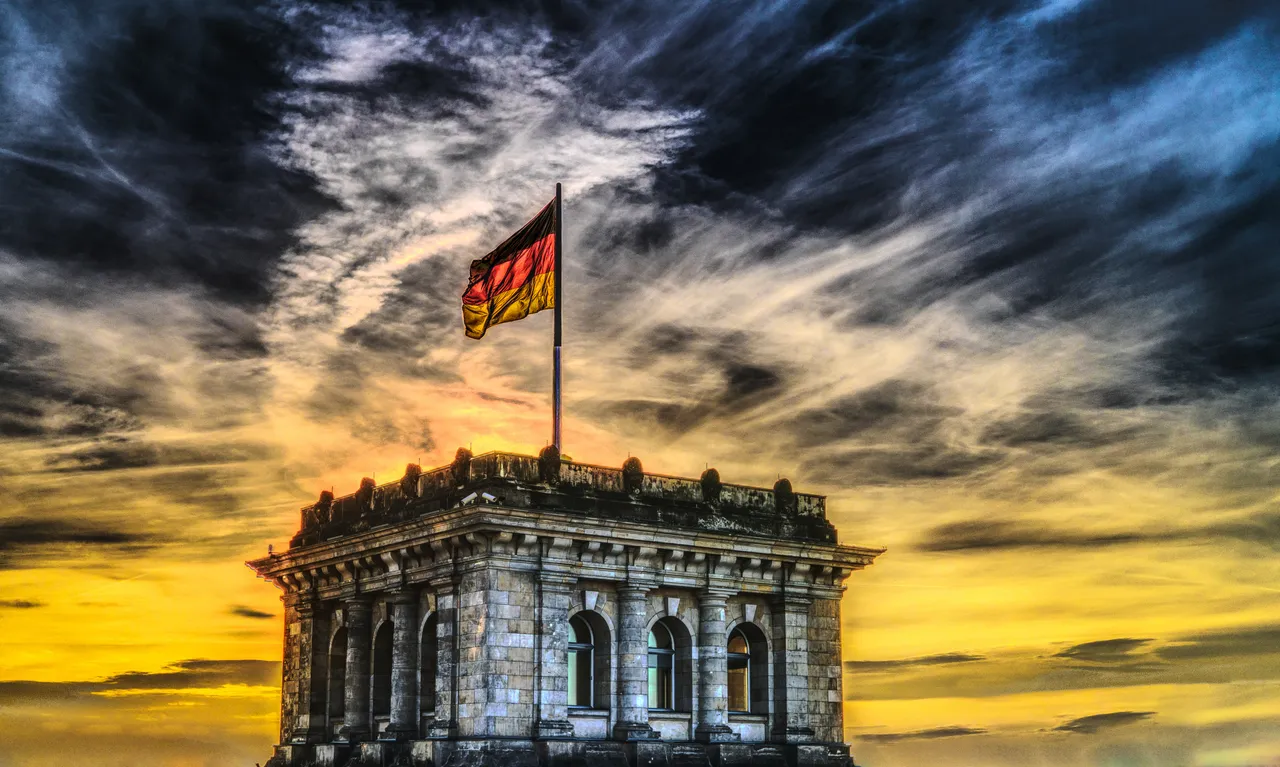
Autocracy
This one is probably more familiar, and not in the pleasant way. Autocracies have been associated with negative aspects in history and are a looming threat perceived by many. In this form of government the state is ruled by a single absolute power. It is often thought of with the despotism ideology, in the form of a monarchy, but it’s mostly associated with a dictatorship. Autocracies can go hand-in-hand with oligarchies, but are not the same, as demonstrated by the two types of autocracies below:
Civilian Dictator:
This type of autocracy has a non-military person or political party as the supreme leader of the state. Various ideologies can be implemented with this autocracy, such as fascism (as Mussolini), national socialism (as the Nazis had), etc.Military Dictator:
Here the military leader rules the state with absolute power, mostly as a temporary measure to ensure the protection of the nation whom they serve. Few countries have had a military dictatorship as a consistent form of government, examples including Idi Amin in Uganda who ruled for 8 years, and Francisco Franco in Francoist Spain who ruled for 36 years until his death.
Monarchy
This one you probably know best. From the Queens and Kings of the British Empire, to the Emperors and Empress of China, and the Pharaohs of Ancient Egypt. Monarchies also present often in fantasy and in fairy tales. In this form government, a person or family as declared royal in political and/or social status, rule or help govern over a state.
Absolute:
Here, the governing of the state is under the complete authority of the monarch (king, queen, emperor, empress, etc). All social, industrial, economic, and political matters are determined by the monarch with no say from the citizens, sometimes under the guidance of counsellors.Constitutional:
In this type of monarchy, the state is ruled and governed by a monarch and by a government, where two government forms are integrated and work alongside one another under a constitution. The monarch has limited power and may often be the only one who can sign off on laws proposed by the government.Republic:
This monarchy is often ceremonial, where the monarch has little to no power and is seen as a ceremonial head-of-state. The governing of the state is under the power of the government.
In the next part, we will look at influences on government that hold significant power in ruling a state.